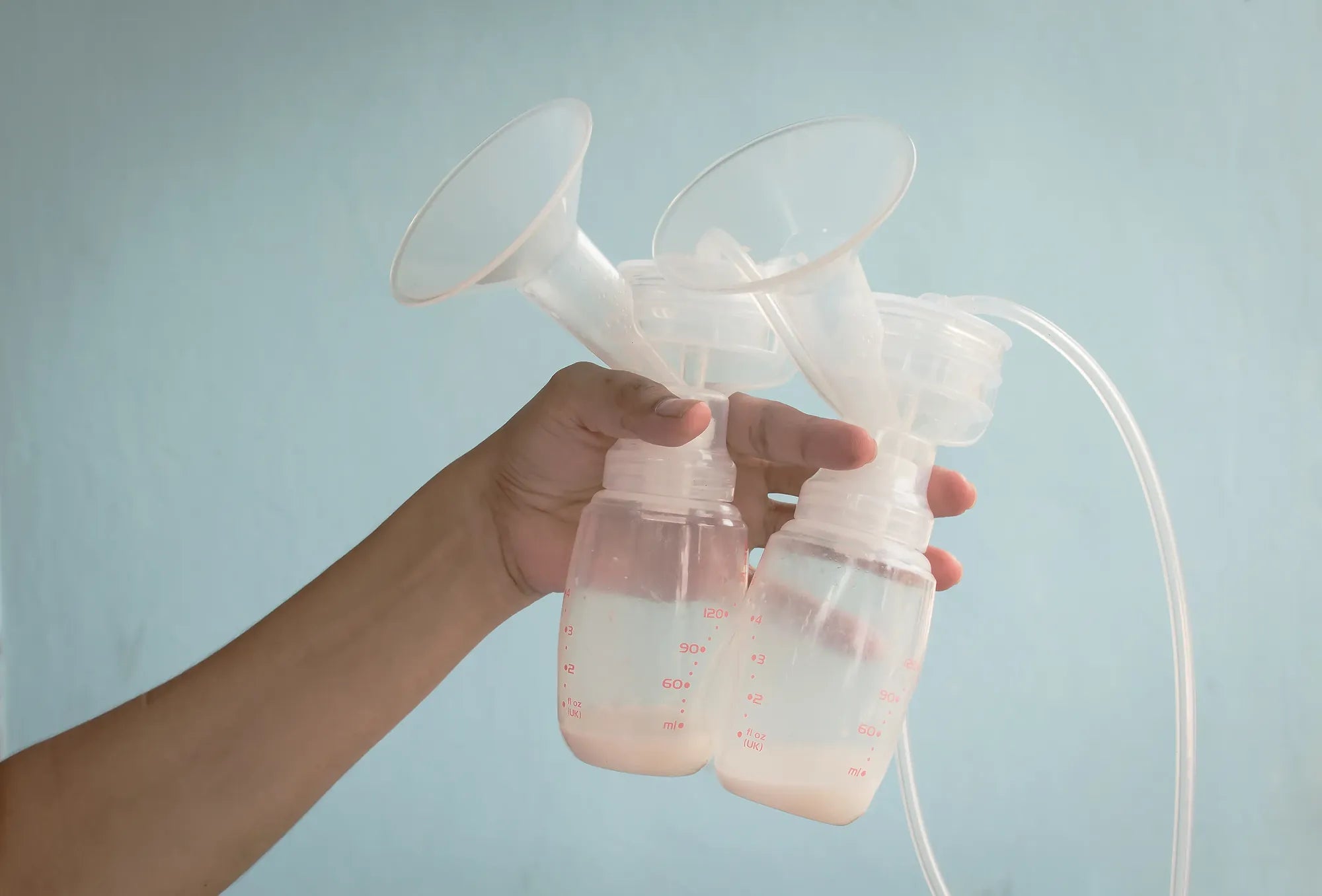Accueil
Pregnancy, Breastfeeding, and Pumping: The Ultimate Guide for Moms
How Much Breast Milk Can You Pump: A Comprehensive Guide

How Much Breast Milk Can You Pump: A Comprehensive Guide
Breastfeeding is a deeply personal and unique experience for every mother. One of the most common questions new moms ask is, how much breast milk can you pump? The answer varies widely depending on several factors, including your body, your baby's needs, and your pumping routine. Whether you're exclusively pumping or combining breastfeeding with pumping, understanding the nuances of milk production can help you feel more confident and prepared.
Factors That Influence Breast Milk Production
Several elements play a role in determining how much breast milk you can pump. These include:
- Frequency of Pumping: The more often you pump, the more milk your body is likely to produce. Regular pumping sessions signal your body to maintain or increase milk supply.
- Time of Day: Milk production tends to be higher in the morning due to elevated prolactin levels. Many mothers find they can pump more milk during this time.
- Hydration and Nutrition: Staying hydrated and eating a balanced diet are essential for optimal milk production. Dehydration or poor nutrition can negatively impact your output.
- Stress Levels: High stress can interfere with milk letdown. Creating a calm and comfortable environment for pumping can help improve results.
- Breast Storage Capacity: Every woman's breast storage capacity differs. Some mothers can store more milk in their breasts, allowing for larger pumping volumes.
Average Breast Milk Pumping Output
On average, mothers who pump exclusively can produce between 25 to 35 ounces of milk per day. However, this number can vary significantly. Some mothers may pump as little as 2 to 4 ounces per session, while others may pump up to 8 ounces or more. It's important to remember that every mother's body is different, and comparing your output to others can lead to unnecessary stress.
Tips for Maximizing Pumping Output
If you're looking to increase the amount of breast milk you can pump, consider these practical tips:
- Pump Frequently: Aim to pump every 2 to 3 hours to maintain a steady milk supply.
- Use a Double Pump: Double pumping can save time and stimulate both breasts simultaneously, potentially increasing output.
- Massage Your Breasts: Gentle breast massage before and during pumping can help stimulate milk flow.
- Stay Relaxed: Find a quiet, comfortable space to pump and try to relax. Listening to calming music or looking at pictures of your baby can help.
- Stay Consistent: Establishing a consistent pumping routine can help your body adapt and produce more milk over time.
Understanding Your Baby's Needs
It's essential to remember that your baby's needs are the ultimate guide. On average, a newborn consumes about 1 to 1.5 ounces of breast milk per hour. As your baby grows, their intake will increase. Monitoring your baby's weight gain and diaper output can help ensure they're getting enough milk. If you're concerned about your pumping output, consult a lactation consultant or healthcare provider for personalized advice.
Common Challenges and Solutions
Many mothers face challenges when it comes to pumping breast milk. Here are some common issues and how to address them:
- Low Milk Supply: If you're struggling with low milk supply, try increasing the frequency of your pumping sessions, staying hydrated, and ensuring proper nutrition.
- Pain or Discomfort: Pain during pumping can be a sign of improper flange size or technique. Adjusting the flange size or consulting a lactation expert can help.
- Time Constraints: Finding time to pump can be challenging, especially for working mothers. Consider creating a pumping schedule that fits into your daily routine.
- Emotional Stress: Pumping can be emotionally taxing. Seek support from family, friends, or online communities to share your experiences and gain encouragement.
Storing and Using Pumped Breast Milk
Proper storage of pumped breast milk is crucial to ensure its safety and quality. Here are some guidelines:
- Refrigeration: Freshly pumped milk can be stored in the refrigerator for up to 4 days.
- Freezing: Breast milk can be frozen for up to 6 months, or even longer in a deep freezer.
- Thawing: Thaw frozen milk in the refrigerator or by placing it in warm water. Avoid microwaving, as it can destroy nutrients and create hot spots.
- Labeling: Always label your milk with the date it was pumped to ensure you use the oldest milk first.
Understanding how much breast milk you can pump is just one piece of the breastfeeding puzzle. By focusing on your unique needs and your baby's requirements, you can create a pumping routine that works for you. Remember, every drop of breast milk is a gift to your baby, and your efforts are invaluable. Keep exploring, stay patient, and celebrate your journey as a nurturing mother.
Partager

